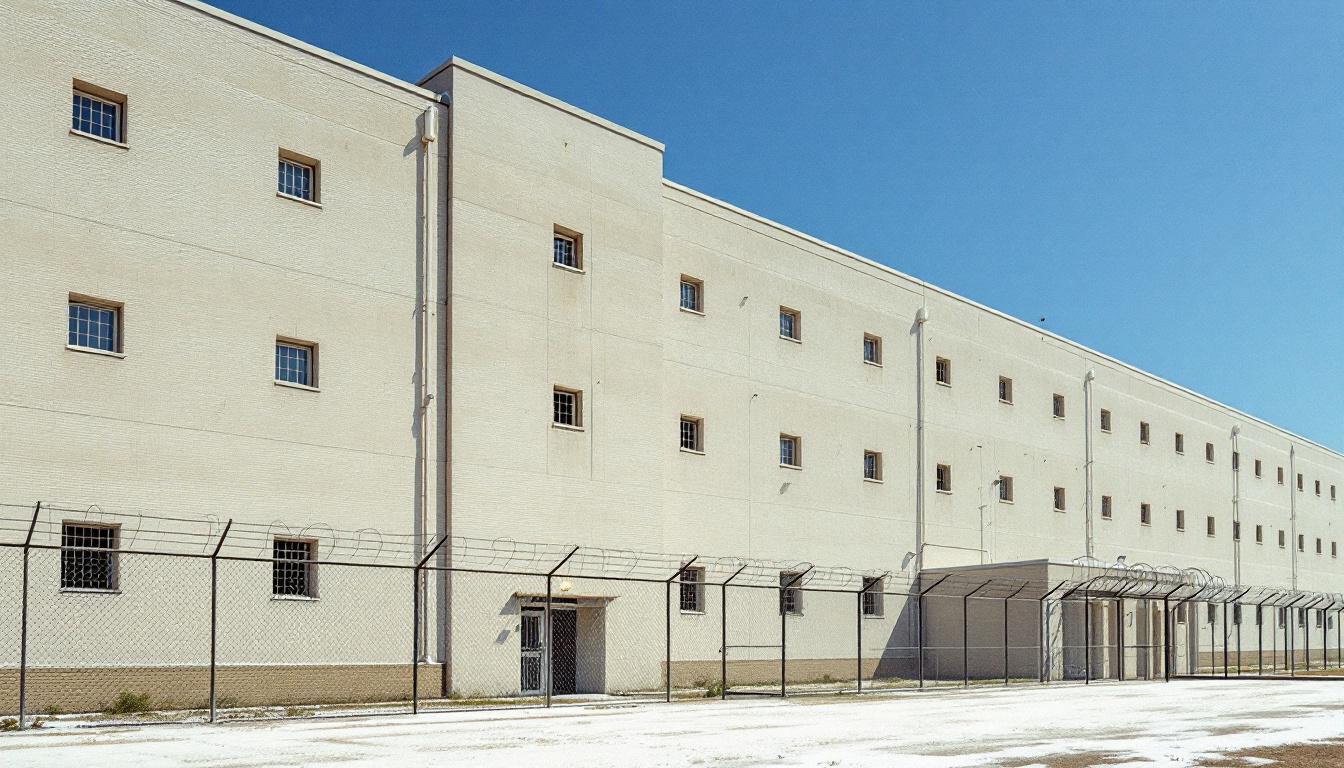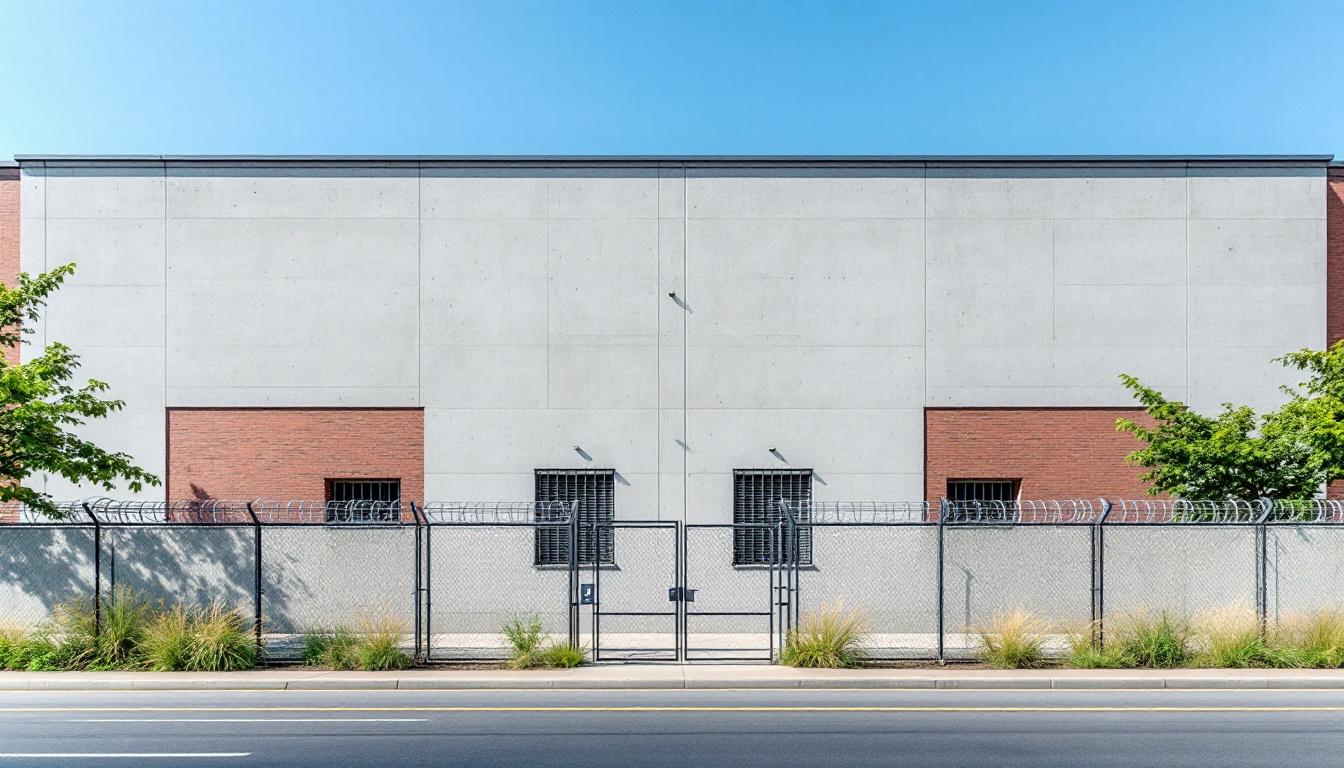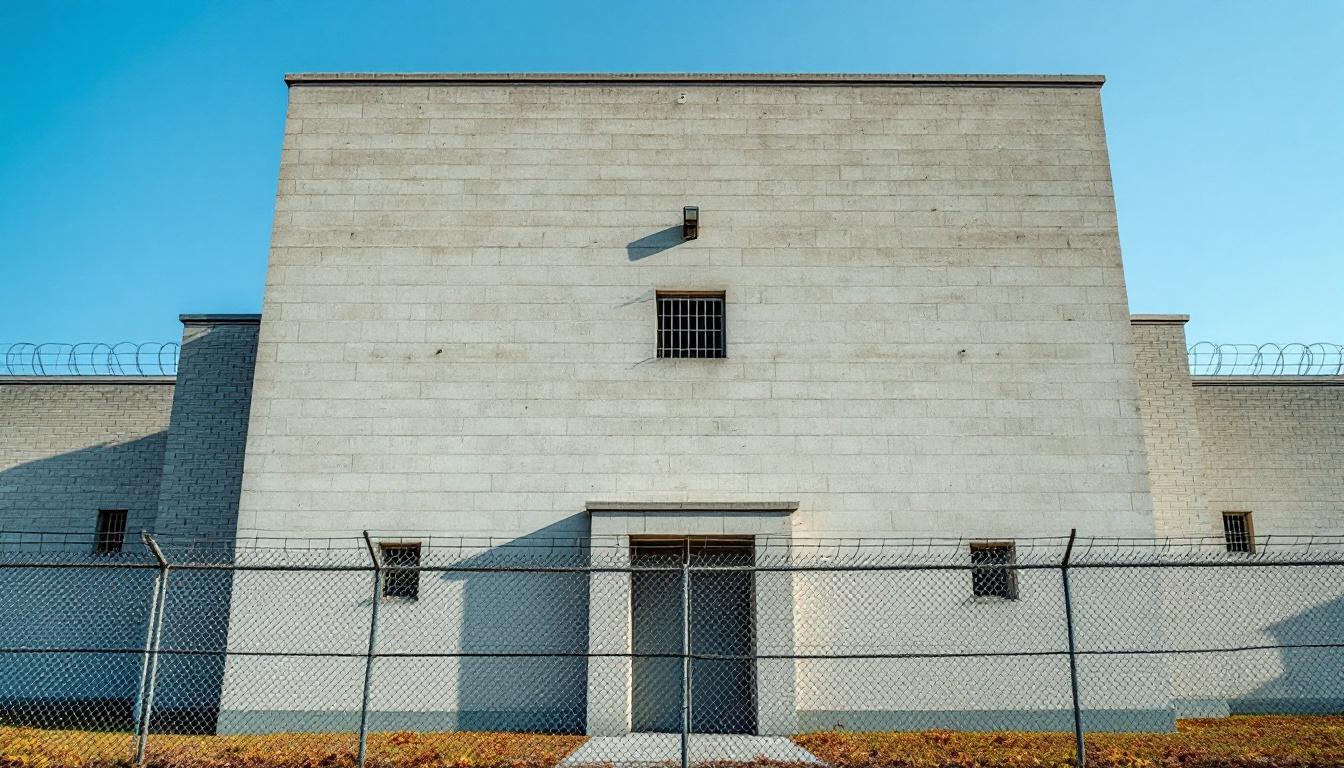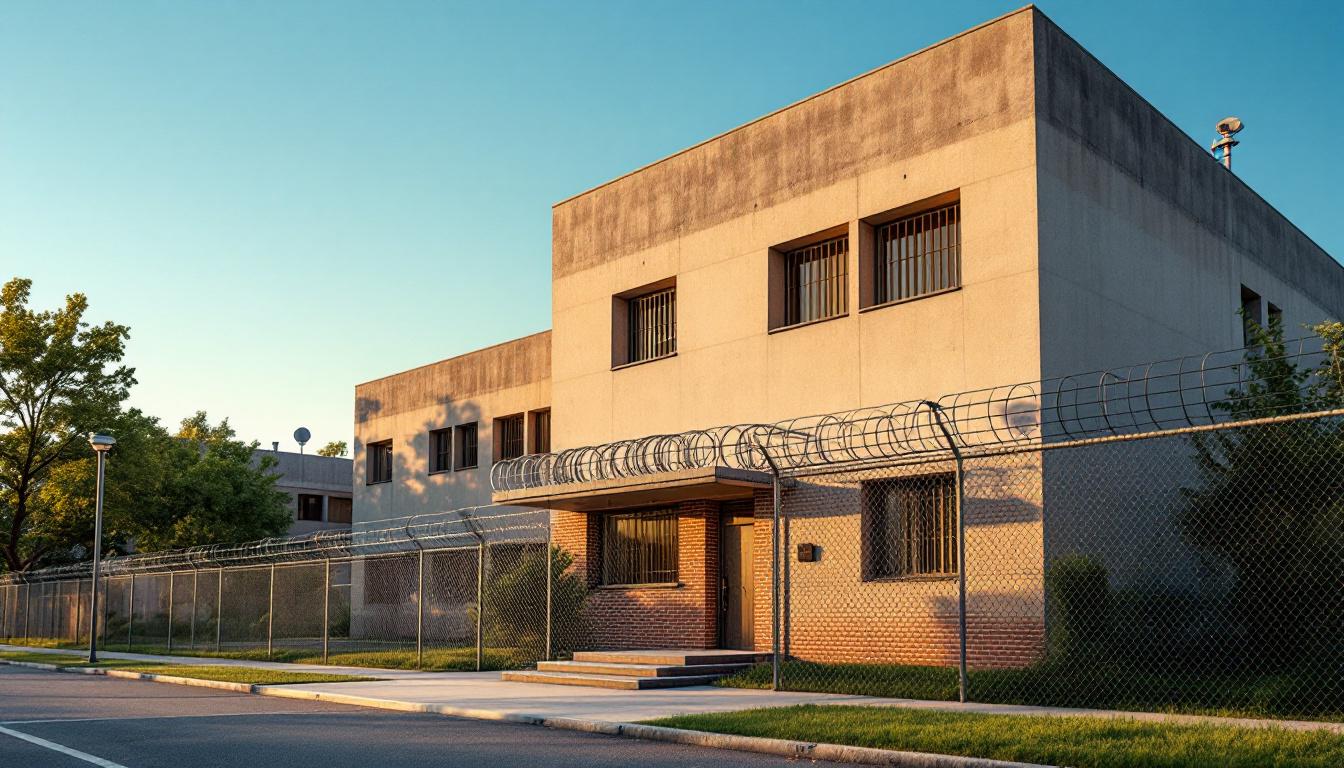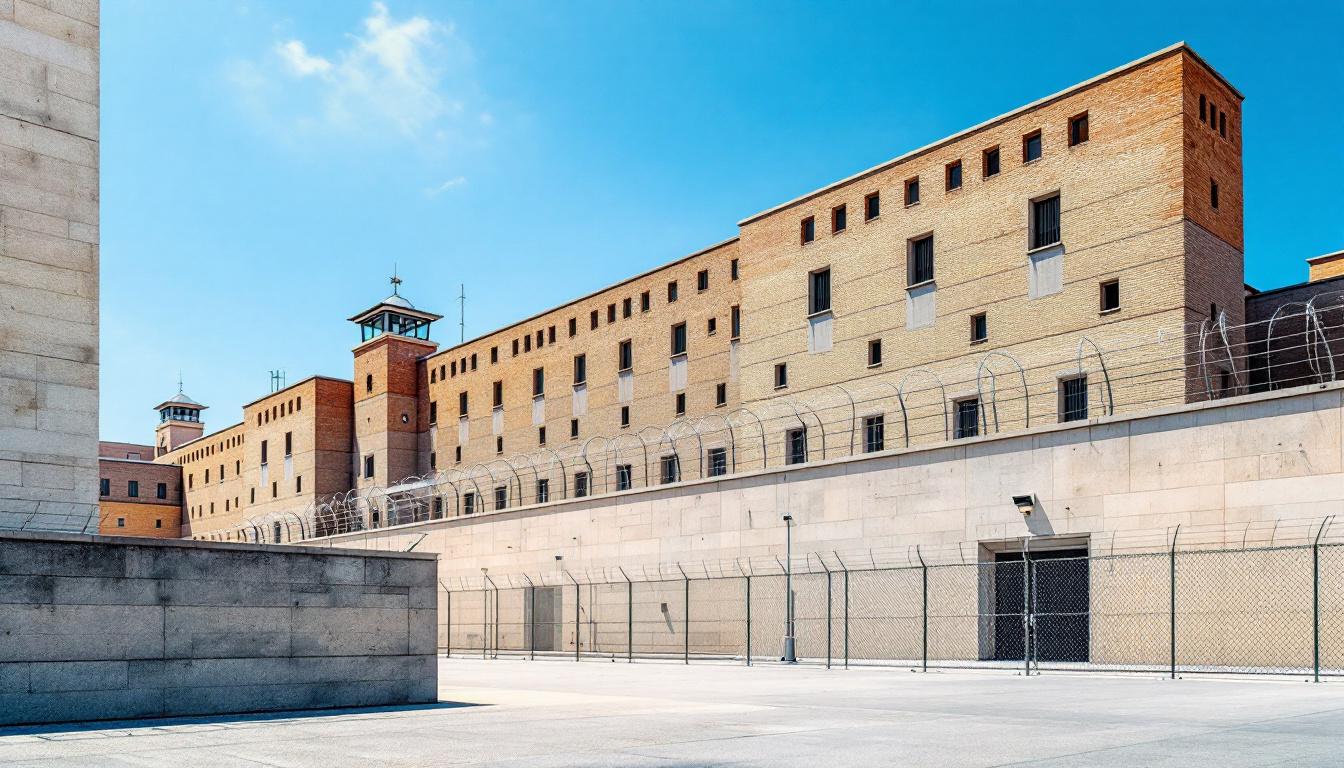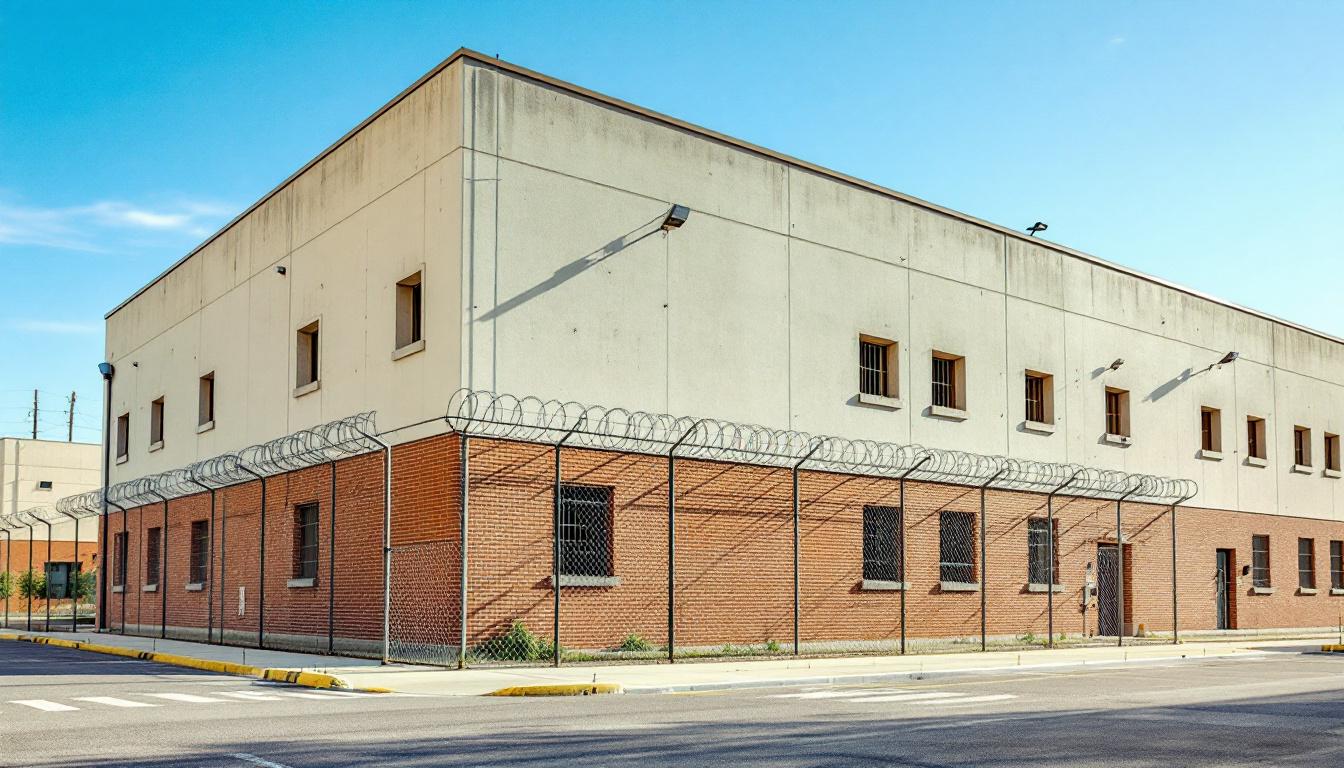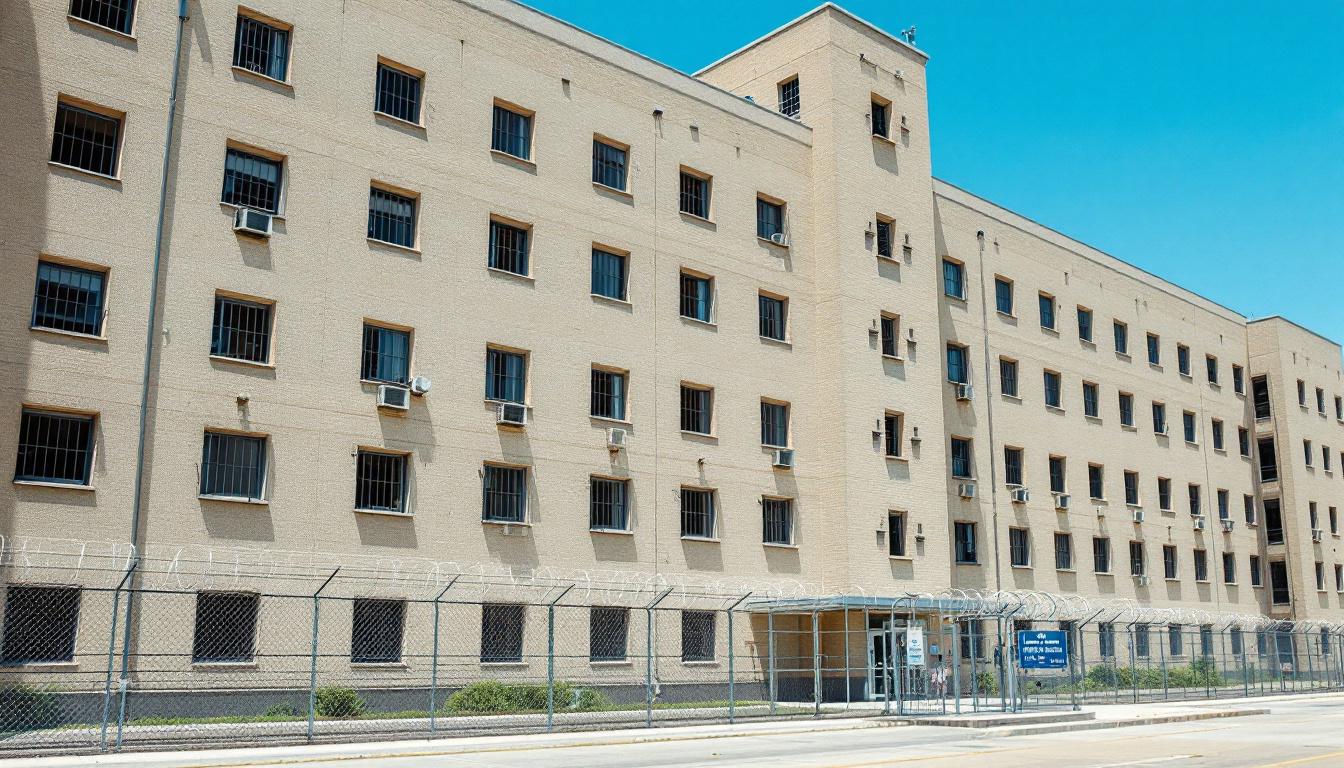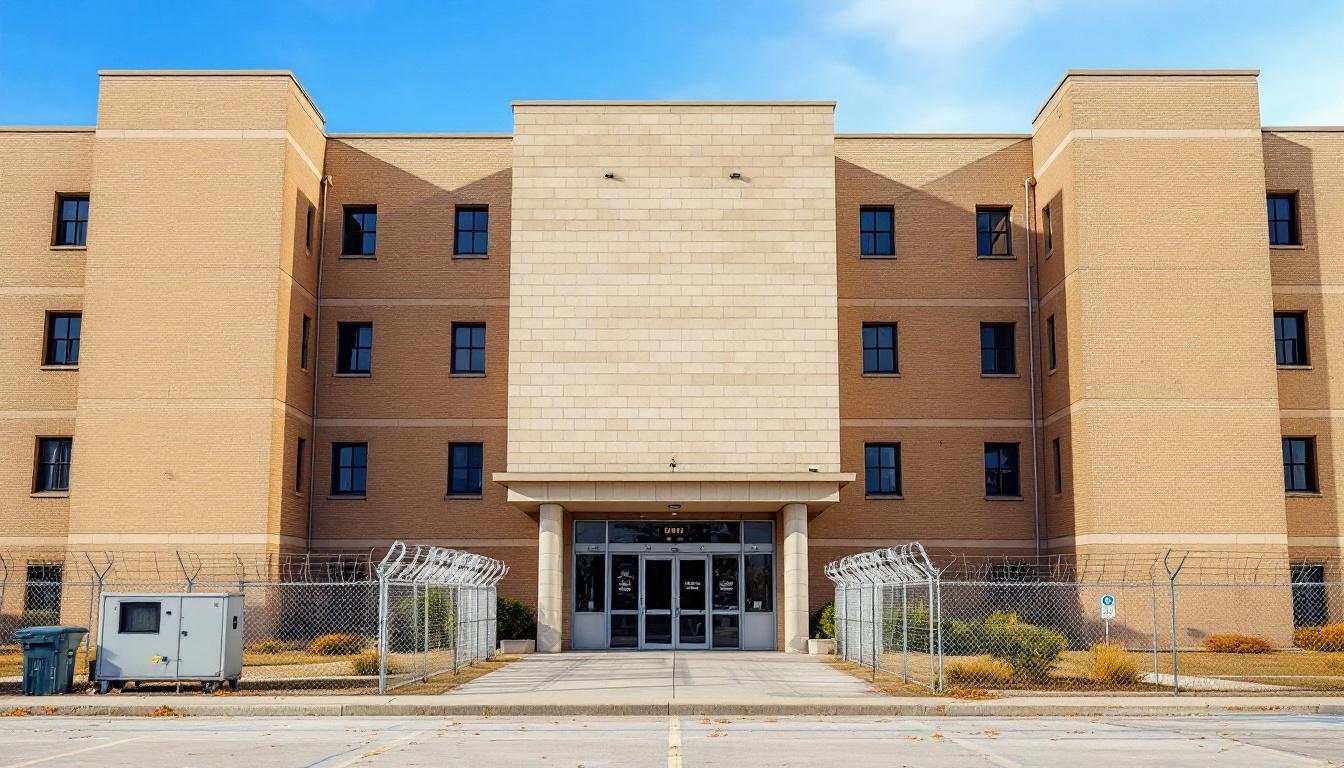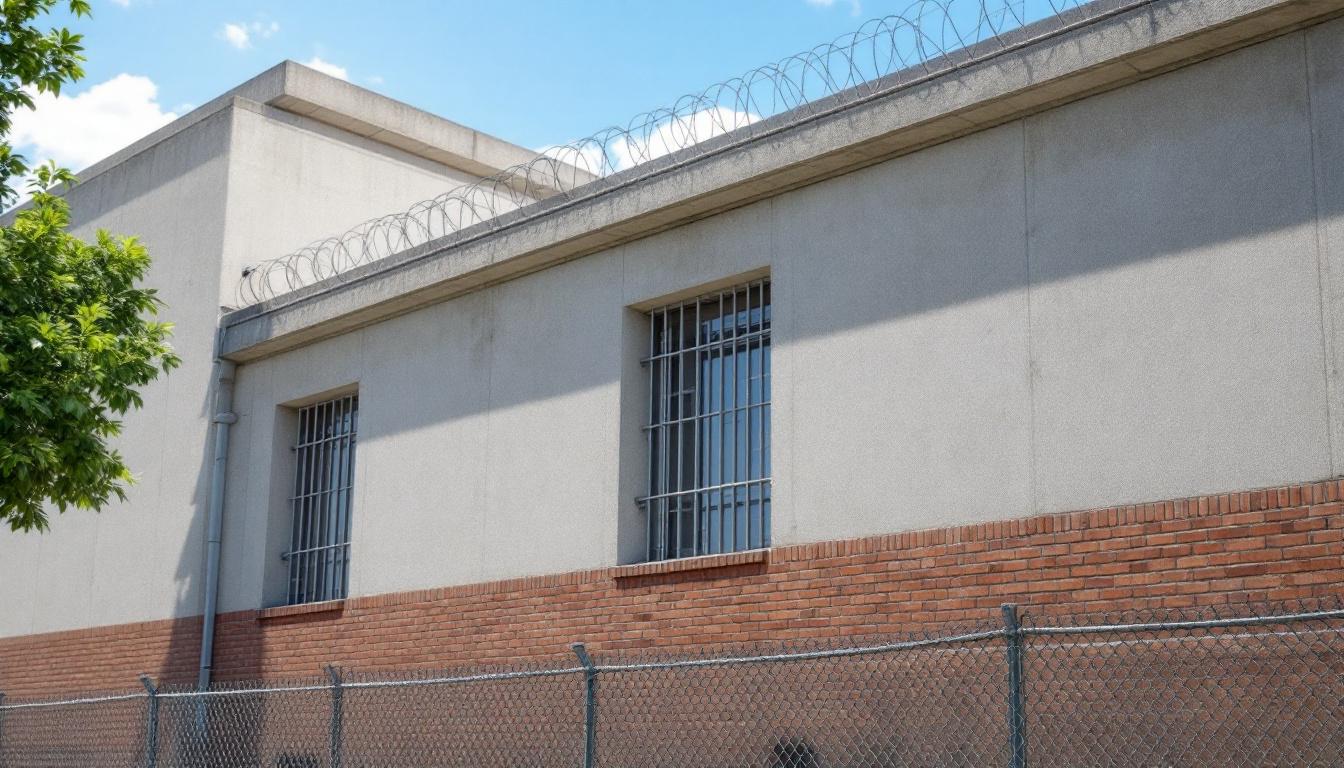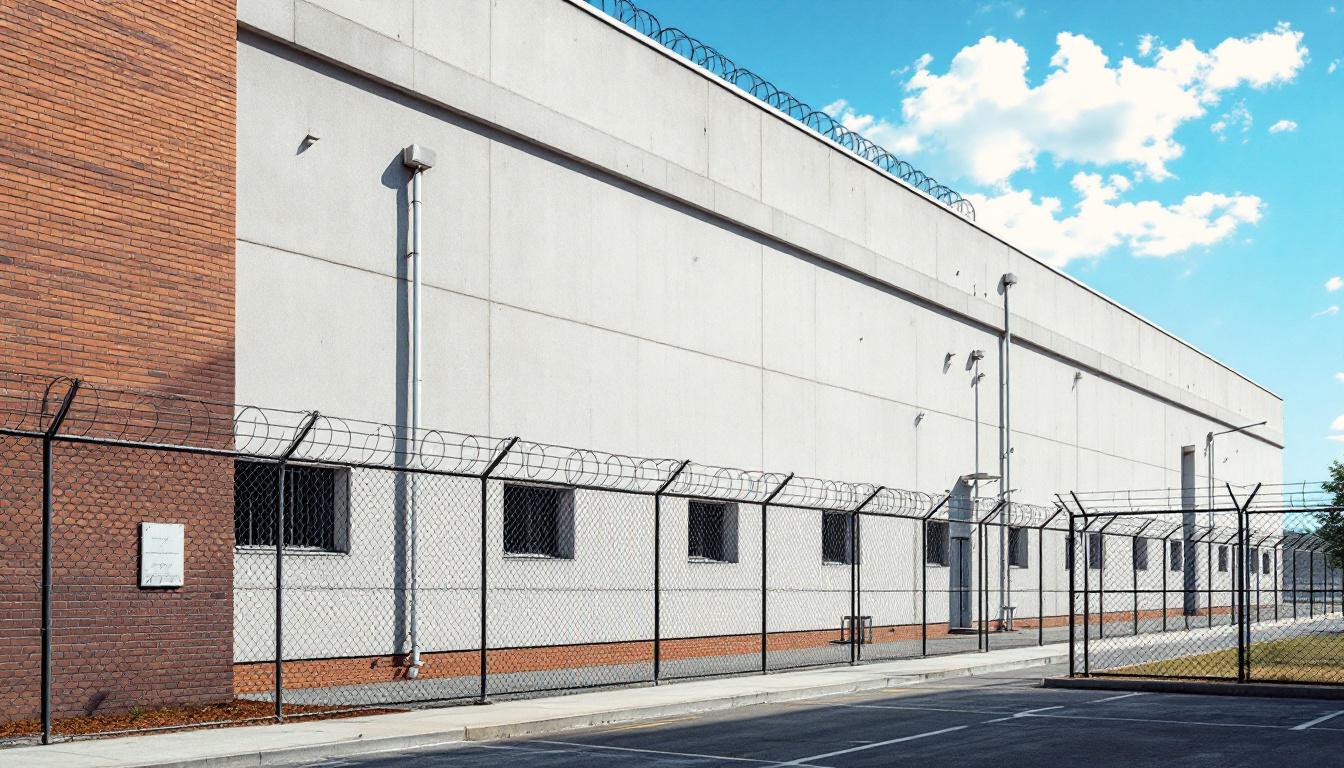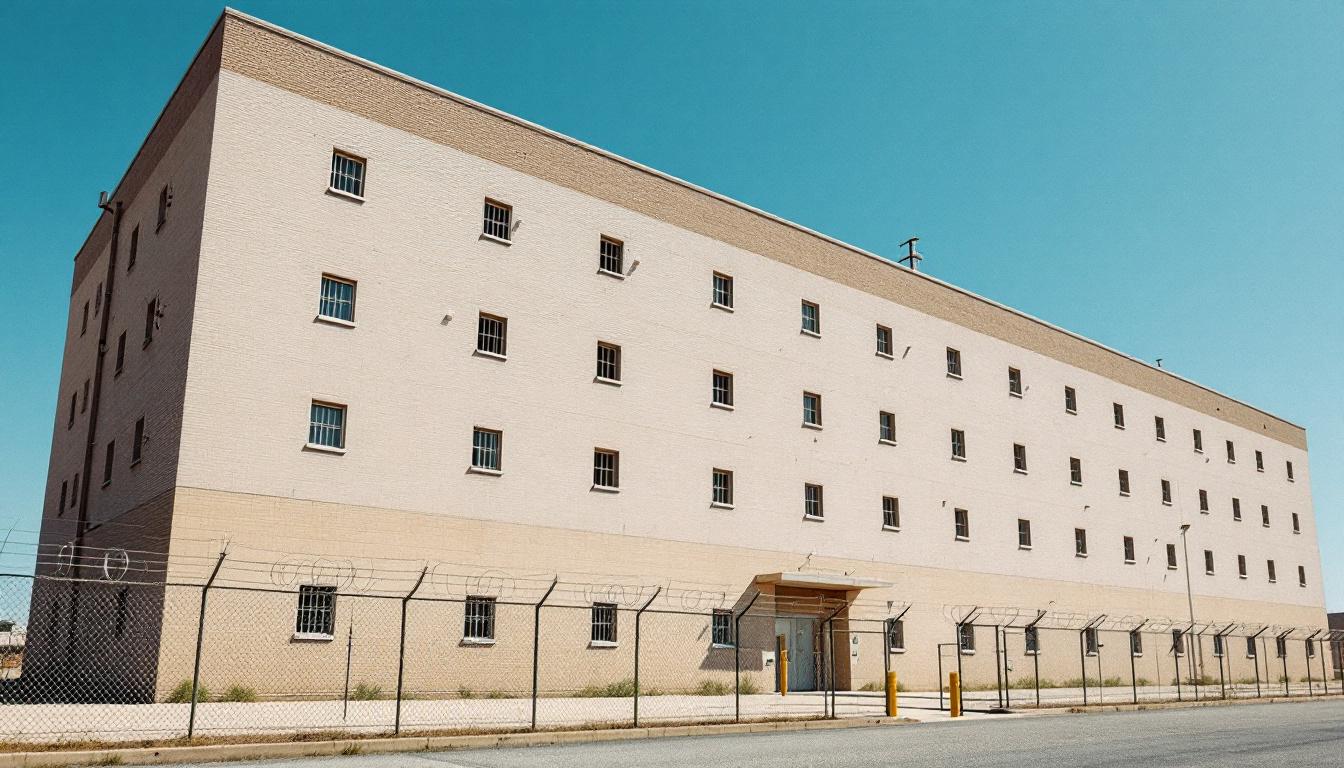
Quick Navigation
How to contact an inmate at San Francisco County Jail
This comprehensive guide will walk you through how to connect with an inmate at San Francisco County Jail. Follow the steps below to find an inmate and send letters and photos:
- Search for the inmate using our search tool below
- Create your account or log in to Penmate
- Write your message (up to 6,000 characters)
- Send instantly - inmates receive printed copies daily
Find an Inmate
Search for an inmate to start communicating today
Tip: You can search by first name, last name, or inmate ID number
To contact a person at San Francisco County Jail start by searching for the person on the official facility website. Perform a search by following these steps:
- Step 1: Enter their first name and last name into the search form and click "Search"
- Step 2: Locate their inmate record
- Step 3: Write down their Inmate ID and any housing information provided
Important! Be sure to enter the person's full name. Nicknames should not be used.
How to Send Messages to Inmates

You can use your phone or computer to send emails, letters, and photos to an inmate. Messages are sent electronically to inmate tablets or kiosks at the facility. If you would like to send a message, start by searching for an inmate at San Francisco County Jail.
Sending Photos and Postcards

A great way to send love and support to a loved one at San Francisco County Jail is to send photos and postcards. It only takes a few minutes to send photos from your phone and it makes a huge difference. You can also mail postcards with words of support and inspiration, or design your own postcard for special moments like birthdays and holidays.
Important! Be sure not to send any explicit photos or they may not be approved by the facility. You can also use a photo printing app like Penmate to make sure your photos are printed at the correct size (4x6 or 3x5) and are mailed according to the rules and regulations of San Francisco County Jail.
Frequently asked questions about San Francisco County Jail
-
How long does it take to deliver a message?
If you're sending an email message your letter is usually delivered within 24-48 hours. For messages sent via mail you should expect delivery within 3-7 days. All messages will need be approved by San Francisco County Jail.
-
How much does it cost to send a message to San Francisco County Jail?
You can send a message free using your phone or mail a message via USPS for the price of a $0.60 stamp and envelope. You can also purchase credits or e-stamps from services starting at $1.99.
-
What services can I use to contact an inmate at San Francisco County Jail?
Penmate
You can use Penmate to send letters and photos to an inmate from your phone. It's an easy way to stay in touch during your loved one's incarceration. Use the inmate locator to find an inmate's location and contact information, then you can send messages within a few minutes.
Securus messaging
Securus may be another option for communicating with an inmate at San Francisco County Jail. You can create a friends and family account and purchase credits to send messages. All messages will be reviewed and must be approved by the facility.
JPay
Some county jails and state prisons may support sending messages with JPay. You must register an account with the system, find your loved one, and purchase stamps to send messages. For some locations you can also attach photos.
Smart Jail Mail
You may also check if Smart Jail Mail is available at San Francisco County Jail. Smart Jail Mail is operated by Smart Communications and has contracted with some state and county jails. After purchasing credits, your messages and photos are sent to the facility, printed out, and then handed out to your loved one.
-
What is the mailing address of San Francisco County Jail?
Mailing address:
San Francisco County Jail
425 7th St
SF, CA 94103
Phone: (415) 553-1430 -
What are the visiting hours at San Francisco County Jail?
Visiting hours at San Francisco County Jail vary by housing unit and security level. Generally, visits are scheduled on weekends and holidays, with some facilities offering weekday visits. Contact the facility directly at (415) 553-1430 or check their website for the current visiting schedule. Visits typically last 30-60 minutes and must be scheduled in advance.
-
What items are prohibited when sending mail to San Francisco County Jail?
Prohibited items typically include: cash, personal checks, stamps, stickers, glitter, glue, tape, staples, paperclips, polaroid photos, musical or blank greeting cards, hardcover books, magazines with staples, and any items containing metal or electronics. Only send letters on plain white paper with blue or black ink. Photos must be printed on regular photo paper (no Polaroids). Always check with San Francisco County Jail for their specific mail policies.
-
How do I send money to an inmate at San Francisco County Jail?
You can send money to an inmate at San Francisco County Jail through several methods: 1) Online using JPay, Access Corrections, or the facility's approved vendor, 2) Money orders mailed directly to the facility with the inmate's name and ID number, 3) Kiosks located in the facility lobby, or 4) Over the phone using a credit or debit card. Fees vary by method, typically ranging from $2.95 to $11.95 per transaction.
-
Can I schedule a video visit with an inmate at San Francisco County Jail?
Many facilities now offer video visitation as an alternative to in-person visits. At San Francisco County Jail, video visits may be available through services like Penmate, Securus Video Connect, GTL, or ICSolutions. Video visits typically cost $10-20 for 20-30 minutes and must be scheduled in advance. You'll need a computer or smartphone with a camera and reliable internet connection. Contact the facility for their specific video visitation policies and approved vendors.
-
What identification do I need to visit an inmate at San Francisco County Jail?
All visitors must present valid government-issued photo identification such as a driver's license, state ID, passport, or military ID. Minors must be accompanied by a parent or legal guardian who can provide the minor's birth certificate. Some facilities require visitors to be on the inmate's approved visitation list, which may require a background check. Contact San Francisco County Jail for specific ID requirements and visitor approval procedures.
-
How can I find out an inmate's release date?
To find an inmate's release date at San Francisco County Jail, you can: 1) Use the online inmate search tool if available, 2) Call the facility's records department, 3) Contact the inmate's case manager or counselor, or 4) Have the inmate provide this information during a call or visit. For privacy reasons, some facilities only release this information to immediate family members.
Facility Overview
Official Website
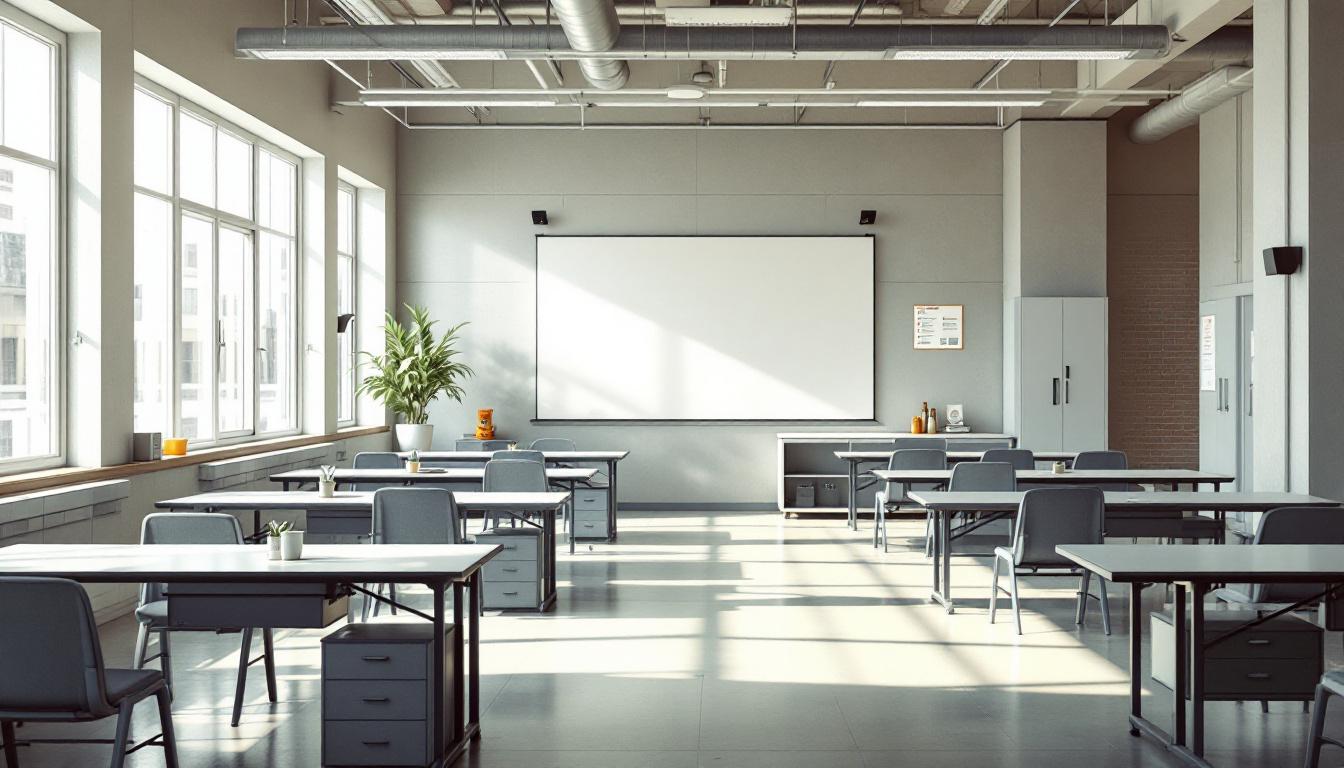
About San Francisco County Jail
Community partnerships form the cornerstone of operations at San Francisco County Jail 2, where collaboration with local organizations helps bridge the gap between incarceration and successful community reintegration. This CA correctional facility operates within San Francisco's broader network of justice and social services, working alongside community-based programs to address the complex needs of individuals in custody.
Located in San Francisco, this county jail typically serves as a regional hub for pretrial detention and shorter-term sentences, playing an essential role in California's tiered correctional system. The facility generally emphasizes connecting inmates services with external resources, often facilitating access to educational opportunities, substance abuse counseling, and mental health support through collaborative arrangements with area providers. Staff members may coordinate with local nonprofits, healthcare organizations, and vocational training programs to create pathways that extend beyond the facility's walls.
San Francisco County Jail 2 often focuses on rehabilitation through community-centered approaches that recognize the interconnected nature of successful reentry. Programs typically include job readiness training, life skills development, and family reunification services, with many initiatives drawing on the rich network of social services available throughout the San Francisco area. The facility's operational philosophy generally emphasizes preparing individuals for their return to the community while maintaining public safety and supporting victims' rights within the broader Pacific region's progressive approach to correctional practices.
Programs & Services
Personal transformation lies at the heart of the rehabilitative philosophy that guides service delivery at San Francisco County Jail 2, where inmates encounter a comprehensive framework designed to foster individual growth and successful community reintegration. The facility typically emphasizes a holistic approach to rehabilitation, recognizing that meaningful change requires addressing multiple dimensions of an individual's life circumstances. Through carefully structured interventions and evidence-based practices, inmates may access resources that cultivate both practical skills and personal insight, creating pathways toward sustainable behavioral change and enhanced life prospects.
Educational initiatives often serve as foundational elements in this transformative process, with services that may include basic literacy instruction, high school equivalency preparation, and adult education opportunities tailored to diverse learning needs and academic backgrounds. These academic services frequently complement vocational training opportunities that focus on developing marketable skills in various trades and industries. Inmates typically have access to career preparation services that may encompass job readiness workshops, technical skill development, and professional certification programs designed to enhance employment prospects upon release.
In addition to these foundational educational and vocational services, the facility often provides an array of support services that address behavioral patterns and interpersonal dynamics. Rehabilitation programs may include substance abuse counseling, cognitive-behavioral interventions, and therapeutic services designed to address underlying issues that contribute to criminal behavior. Community service opportunities typically allow inmates to develop civic responsibility while contributing meaningfully to local initiatives, while time management and conflict resolution services often help individuals develop essential life skills. Mentoring programs may connect inmates with positive role models and peer support networks, creating relationships that extend beyond incarceration and provide ongoing guidance during the challenging transition back to community life.
Daily Life & Visitation
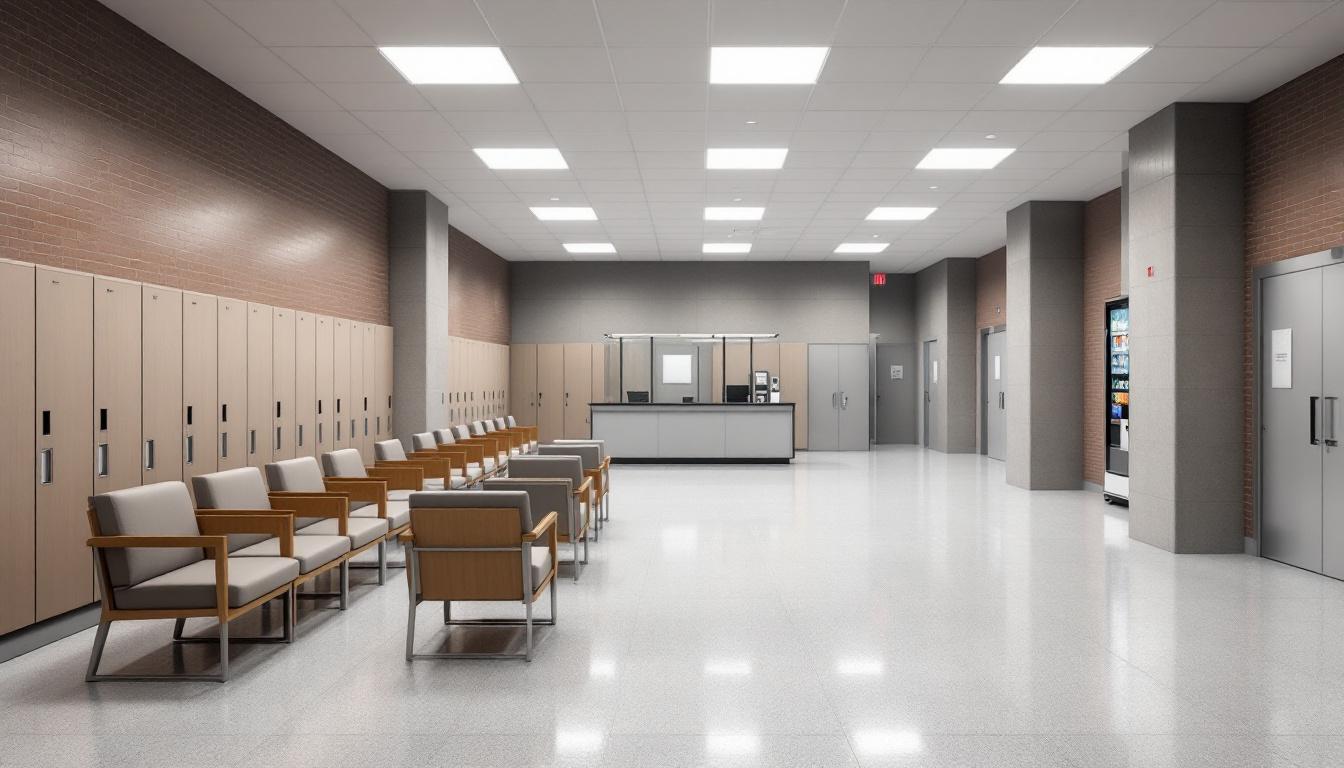
The concrete walls and steel fixtures of the housing units create a controlled environment where every surface serves a functional purpose, from the metal bunks bolted to the walls to the small tables where inmates gather for meals and conversation. Within this structured setting, daily routines currently revolve around scheduled counts, meal times, and supervised activities that continue to provide predictable rhythms throughout each day. Inmates typically wake to morning announcements that signal the beginning of another carefully orchestrated day, with movement between different areas of the facility regulated by security protocols and staff supervision.
Living accommodations generally consist of shared cells or dormitory-style housing units, where inmates may be housed with one or more cellmates depending on the facility's current capacity and classification requirements. Personal belongings are typically limited to essential items that can be stored in small lockers or designated spaces, while bedding and basic hygiene supplies are usually provided by the facility. Meals are often served in common dining areas at designated times, with inmates moving in supervised groups to and from the dining hall, where they sit at fixed tables and benches designed for security and efficiency.
In addition to this basic routine, the facility may offer various recreational activities such as television viewing in common areas, outdoor exercise periods when weather permits, and access to reading materials through a library system. Despite this structured environment, inmates often find ways to maintain connections with family members through scheduled visitation periods and telephone privileges, which typically operate within specific time frames and guidelines. Work assignments within the facility might include kitchen duties, cleaning responsibilities, or maintenance tasks that provide inmates with purposeful activity and may offer small compensation, while educational or counseling programs continue to serve those seeking personal development opportunities during their incarceration.
Ready to Connect?
Start communicating with your loved one today
Search for an Inmate
